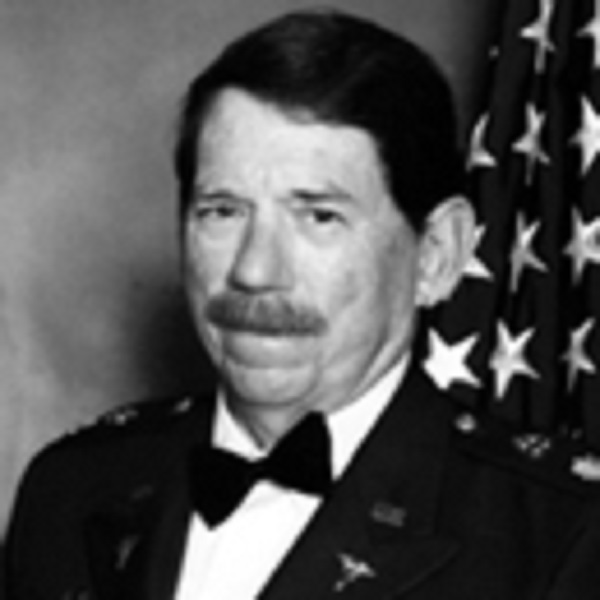Robert J. Moore

Pronouns: He/Him
Exercise and Nutritional Sciences
SDSU
Bio
Robert Moore was born June 15, 1934, in Chicago. He was an intercollegiate wrestler and rugby player who earned bachelor’s and master’s degrees from the University of Illinois, physical therapy certification from the University of Southern California and a doctorate from the University of Oregon.
Moore built an international reputation in the clinical use of cryotherapy and proprioceptive neuromuscular facilitation (PNF) technique. He was inducted into the National Athletic Trainers Association Hall of Fame and the Far West Athletic Trainers Association Hall of Fame.
The SDSU Athletic Training program began with Moore’s appointment as head athletic trainer in the fall of 1968 when the men’s athletic program entered Division I competition. There were no organized intercollegiate programs for women at the time, but all athletes, including club-level sports, were provided athletic training services. The first female athletic training student entered the SDSU program in the fall of 1969.
Moore held a split appointment in the Department of Intercollegiate Athletics and School of Exercise and Nutritional Sciences until 1986 when he accepted a tenured faculty position in ENS. He stayed in touch with many students after graduation, and the annual Robert J. Moore Distinguished Alumnus Award honors an SDSU alumnus who has made significant contributions to athletic training.
His teaching and research helped transform athletic training from the world of “water boys” who could also tape ankles into a respected profession based on research, rigorous guidelines and academic training. Moore, who pioneered the acceptance of women as athletic trainers, influenced athletic training in the U.S. and around the world — especially in Japan.
“He had a phenomenal impact on the students,” said Dr. Denise Lebsack, SDSU Athletic Training Program Director. “He thrived in the classroom and the laboratory setting. His ability to impart knowledge to the students and his imparting of professional standards set him apart. There are thousands of students who studied under him,” she said. “It’s mind-boggling.”
Moore’s professional career included stints with the military as a medic and physical therapist during the Korean, Vietnam, and Desert Storm conflicts. He served more than four years of active duty in the U.S. Air Force and eight years in the USAF Reserve. He retired with the rank of lieutenant colonel. He also was a physical therapy officer in the U.S. Army Reserve.
Moore worked as an athletic trainer for U.S. Olympic and Pan American teams and for professional teams that included the San Diego Chargers and Detroit Lions in football, the San Diego Gulls in hockey and the San Diego Sockers in soccer. He was an athletic trainer for the OMBAC Rugby Club in San Diego and the Armed Forces Combined Services Rugby Team and volunteered as a trainer elsewhere.
Moore retired from SDSU in 2006 and then completed five years in the Faculty Early Retirement Program. He and his wife, Kim Gottshall, director of vestibular assessment and rehabilitation at Naval Medical Center San Diego, worked together doing research in vestibular physical therapy and teaching workshops in PNF, joint mobilization and athletic training.
“He, himself, never stopped learning,” Lebsack said. “He definitely imparted that on his students: to become lifelong learners.”
Robert Moore imparted a love of lifelong learning and dedication to evidence-based standards to thousands of athletic training students in a 43-year career at SDSU. He died May 27, 2012, at the age of 77.
Moore is survived by his wife, Kim Gottshall; his daughter, Karen, and son, Ian, from a previous marriage; and brother, Tom.
A memorial service was held at SDSU on June 2, 2012. He is buried at Fort Rosecrans National Cemetery.
